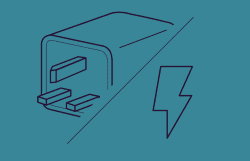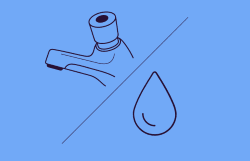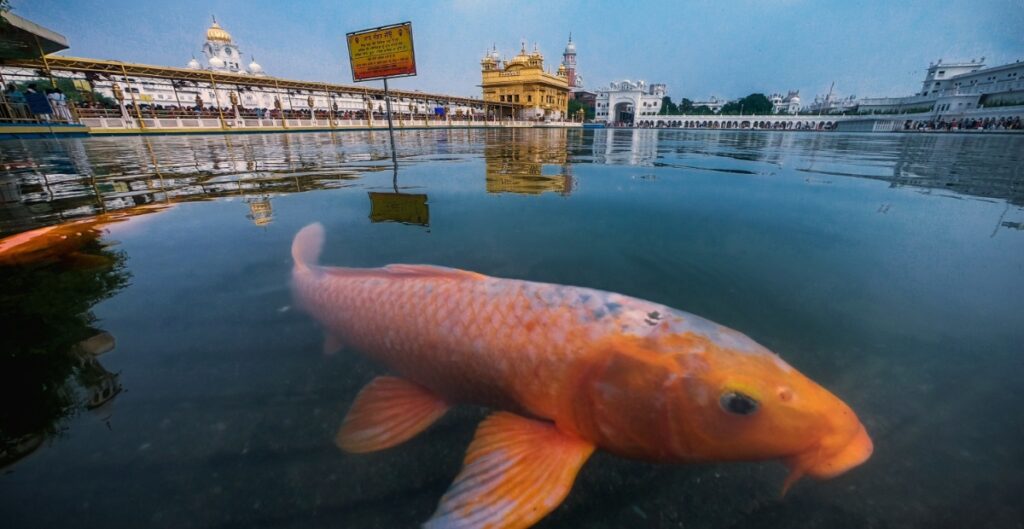Aquaculture has long been seen as the future of world protein production.
It doesn’t require as much space, the variety of produce is spectacular, it can be grown anywhere, and it is comparably much more efficient than other forms of livestock farming.
But.
The margins can be incredibly tight – an increase in costs of several pence per kg of produce can immediately eat away at any profits.
As such, running costs of aquaculture businesses are a real maker or breaker.
In today’s world, this means energy…
Energy For Aquaculture
Many industries across the world understand that inexpensive energy is crucial for economic growth – seen in the historical boon in growth thanks to the use of fossil fuels. Food production (Aquaculture among this) share this understanding and have begun to become addicted to cheap and efficient energy.
For context – production, distribution, and consumption of food accounts for around 20-25% of energy consumption in developed countries. In order to produce the protein-rich produce we adore, large energy investments must be made…
Energy Investments for Protein
| Produce Type | MJ kg-1 |
| Beef | 43 – 64 |
| Farmed Salmon | 26 – 48 |
| Pangasius | 12 – 56 |
| Tilapia (Intensive) | 18 – 27 |
| Broiler Chickens (US) | 15 |
| Milkfish | 7 – 16 |
| Wheat | 4 |
| Soybeans | 2 – 3 |
| Oysters | < 1 |
Aquaculture energy consumption
Feed production is most commonly the area in finfish and crustacean production that consumes the most energy. Processing accounts for around 10 percent of energy for most seafood products and consumption between 20-30 percent. However, for filter feeders the most energy intensive stages of production are transportation and the holding of live animals, processing and infrastructure, and the purification stage if there is one.
For farmed salmon transportation only accounts for a handful of percent of total energy used, but feed production accounts for over 90 percent. The global appeal of this product can exacerbate this through long travel distances.
Why is this relevant?
In today’s world, energy intensity is seen as a good indicator of environmentally poor systems. It would be ignorant to suggest that Aquaculture is seen universally as ‘good’ for the planet, so changing this misconception should be critical to long term success.
Eco-consumer rates have recently increased – which have shifted production and manufacturing practices globally. Customers and consumers generally value sustainable goods and services and are willing to pay more for them than harmful substitutes. Generation Z are seen to be 62% more likely to purchase eco-friendly goods over more expensive counterparts, so if an Aquaculture business wants to be successful then reducing energy consumption or implementing eco-friendly energy practices is imperative.
But more importantly, during a time where energy prices are sky high and show no sign of returning to normal levels – energy intensity of production is representative of vulnerability to the energy markets. The best producers in the industry will look to predict future movements in energy prices that can be expected, and the worst will be at the mercy of the markets…
The Potential for Renewables
Floating Solar
A photovoltaic solar panel that has been developed by environmental scientists and engineers protects water from adverse environmental impacts. They have already been used to protect against algal blooms and evaporation. In an aquaculture setting, they can be used to shade regions of water – preventing increases in water temperatures (which can spread disease and pests among farmed species).
By using open water to harvest solar energy increases renewable power supply – changing the overall fuel type consumed and generating passive income from selling excess energy to the grid. Over a long time period, it is possible to increase energy savings and sustainability.
Wind Powered Aerators
For some production processes, aeration is vital to farm fish production. Maintaining adequate oxygen levels is difficult in intensive aquaculture, but it is vital to do so to reduce stress – which in turn optimises growth rates and reduces toxic waste production and accumulation.
Wind-powered aeration systems have been developed that can infuse ponds with 4.6 cubic feet per minute of oxygen. In regions of high wind, this device can significantly decrease emissions.
The importance of clean energy in aquaculture
Even today, fish farmers are vulnerable to a multitude of factors that can dramatically affect their harvest. Water quality, disease, mortality, and natural elements all represent possible risks to producers…
Worse, not all farmers can afford modern equipment, or the expertise required to operate and maintain it. Energy costs too remain an underlying issue, for developing countries the supply remains expensive and scarce, often from fossil fuel sources.
So, what do you do..?
A cost-ready solution for Aquaculture Producers
Flexible contracts are a relatively new contract type that helps to pass on the benefits of the wholesale energy market to consumers. The price that consumers will pay for their energy is strongly dependent on the movements in wholesale market, meaning that there are opportunities presented during periods of volatility.
As you can imagine, flexible energy contracts are exactly that – flexible.
The predictable portion of customer energy use can be thought of as the bulk of their demand, with most businesses able to provide very accurate estimations of this through smart meters, sub-meters, and even energy audits. The peak is essentially the spike in demand outside of this predictable consumption – this then forms the tradeable volume that can be traded within flexible contracts.
You purchase too much energy, and your baseload and peak volumes exceed your profile? Well, just sell the excess back to the supplier.
You don’t purchase enough energy to cover baseload and peak volumes? Well, just top up with a little extra.
For those producers with tight profit margins, it’s a game changer.
The long-term solution – Why Aquaculture and Energy Brokerage go Hand-in-Hand
One thing that is universal with all sectors of Aquaculture is the long hours and demanding nature of the job.
After a long shift the last thing you want to do is to return home and think about energy.
Dealing with suppliers, complex calculations, paperwork, long phone calls, complex jargon, and even more paperwork…
We don’t blame you.
Wouldn’t it be nice to have someone on your side to alleviate the load when it comes to energy?
That’s when partnering with an energy procurement specialist comes in handy. Acting as a knowledgeable consultant for everything energy, they’ll keep you on the best possible energy contract available to you. Saving you money and time to spend on whatever else you’d rather be doing.
Energy Solutions by Us, for You
At a time of great uncertainty in global energy markets, it is easy to feel lost in it all.
Keeping up to date with developing situations and the associated ramifications is a tricky and time-consuming job. It is also one that is not likely a priority for you and your business.
So, what do you do?
You partner with energy procurement experts to take the load off your desk.
Energy Solutions have been trusted brokers for countless businesses for over twenty years, which means we know how to navigate the energy markets during a time of uncertainty.
Contact us today to find out how we can help you and your business
Website: https://www.energybrokers.co.uk/
Contact Us: Click Here
Email: nick@energybrokers.co.uk
Call Us: 0131 610 1688
WhatsApp: 07757 400 788




